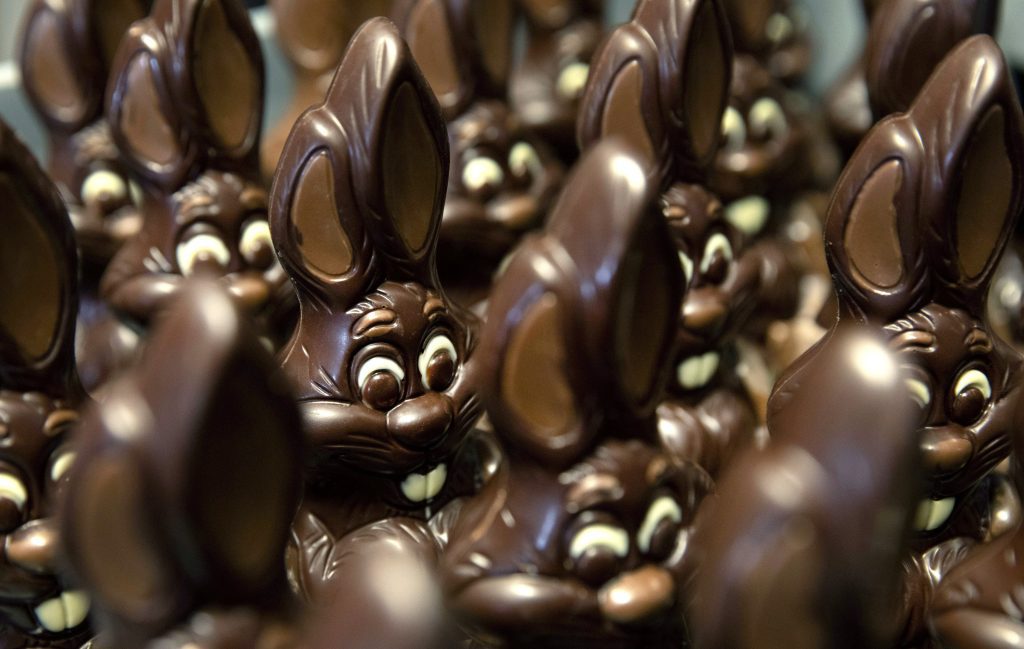As Easter approaches, higher cocoa prices mean shoppers are paying more for their chocolate eggs and bunnies. But that’s just the beginning.
Current higher prices in stores reflect increases in cocoa from 2023. Since then, the rally has accelerated and cocoa has more than doubled in price already this year, making it the world’s hottest commodity.
In the last three weeks, wholesale beans in New York have increased by more than 47%, surpassing $8,900 a ton — a level that was once unthinkable.
This means even higher prices for households as those changes affect retailers. In the U.K., shoppers are already paying more for chocolate, and sometimes getting less for their money, which is known as “shrinkflation.” In Brazil, where Easter is widely celebrated, chocolate egg prices recently became an internet meme when some stores advertised that people could buy them with loans and payment installments.
The extraordinary rise is caused by disappointing harvests in cocoa’s leading producers in West Africa, specifically Ivory Coast and Ghana, which represent most of the world’s production.
The industry primarily consists of smallholder farmers who have experienced a history of low returns, making it difficult to invest in their farms or withstand extreme weather events.
“Customers haven’t seen the true cost of chocolate for a long time,” said Emily Stone, founder of specialty cocoa dealer Uncommon Cacao. “Continuously low prices for producers and climate change are driving the market to these levels. Now, this may come as a surprise to some, but it was predictable.”
The price increase also serves as a reminder that while headline inflation rates are decreasing around the world, increases in individual commodities can still impact consumers. Chocolate may be considered more of a luxury than a necessity, but brands like Kit Kat and Snickers are often regular purchases in weekly shopping trips.
Consumers may be particularly sensitive to such price hikes after their recent experiences. Memories of the post-pandemic inflation surge — and the financial strain it caused to households – are still very fresh.
“It’s really expensive,” school counselor Isabel Cristina Brandão said as she picked up three small private label eggs from a candy store in Sao Paulo. She remembers her shopping cart used to be filled a few years ago. “Now we pay more, for a lot less.”
In the U.S., the average unit price of chocolate eggs has gone up by 12% over the past year, according to data from researcher NIQ. The cost of some popular Easter eggs in the UK has risen by up to 50%, according to consumer group Which?
Earlier this month, Swiss chocolate maker Lindt & Sprüngli said it would have to increase prices this year and next because of the rise in raw material costs.
Other top chocolate manufacturers have also raised prices and are open to more increases. Mondelez International Inc. Chief Financial Officer Luca Zaramella indicated in February that increases are likely, while Hershey Co. Chief Executive Officer Michele Buck said the company remains “committed to pricing to cover inflation.”









